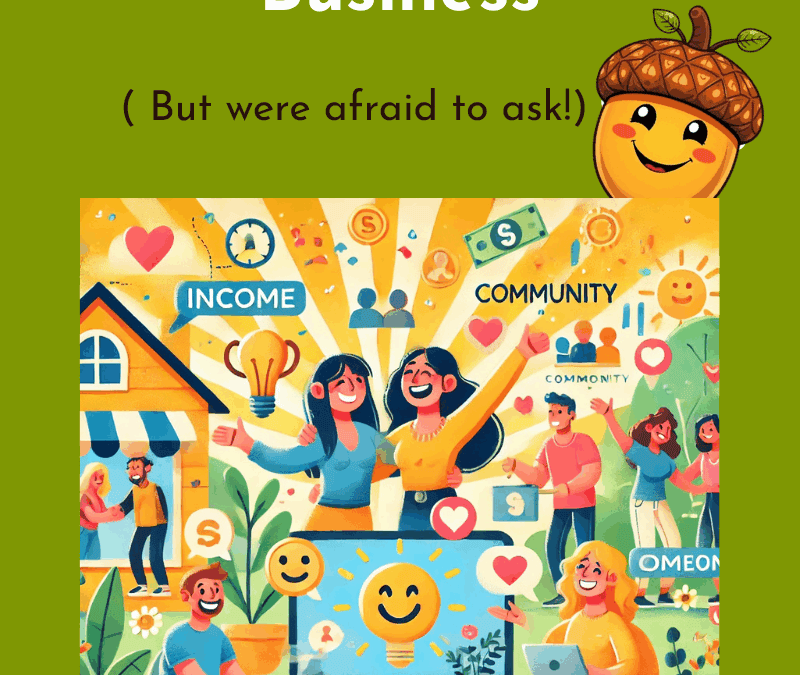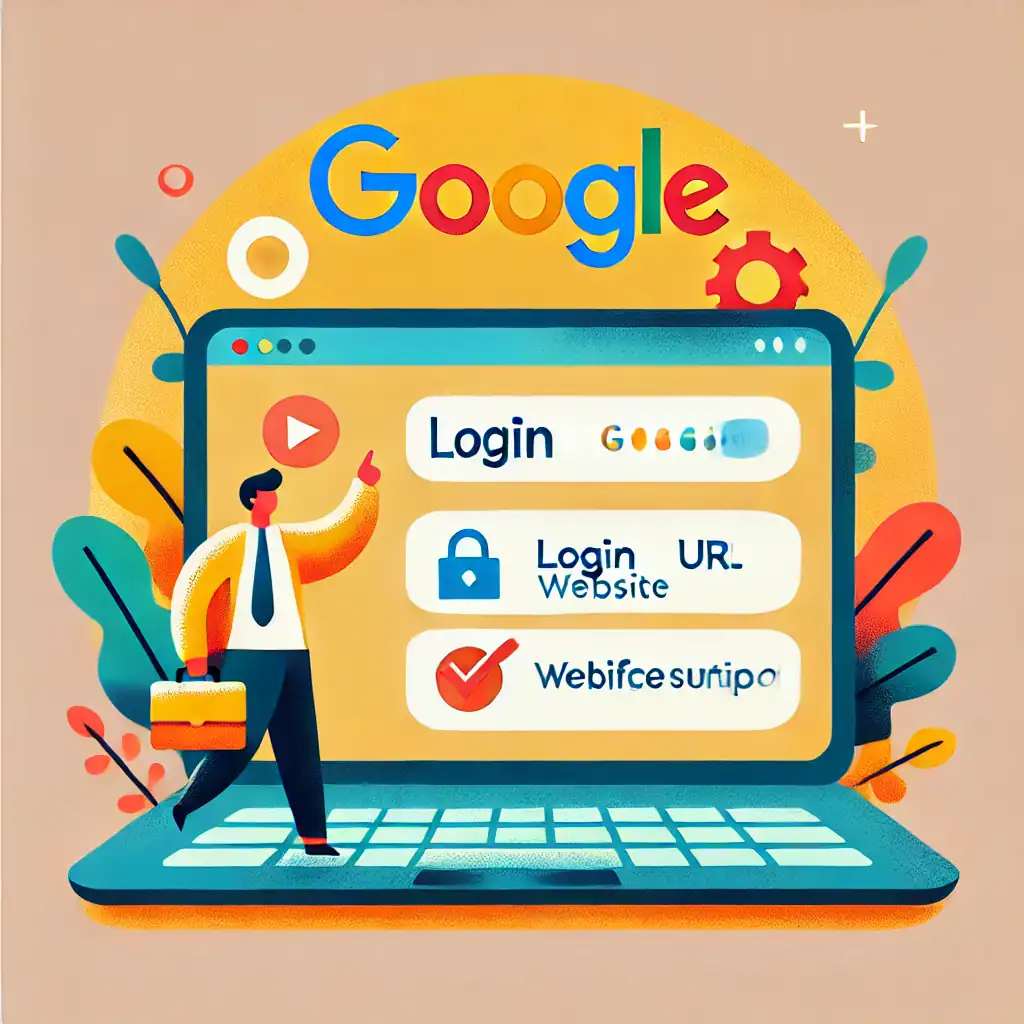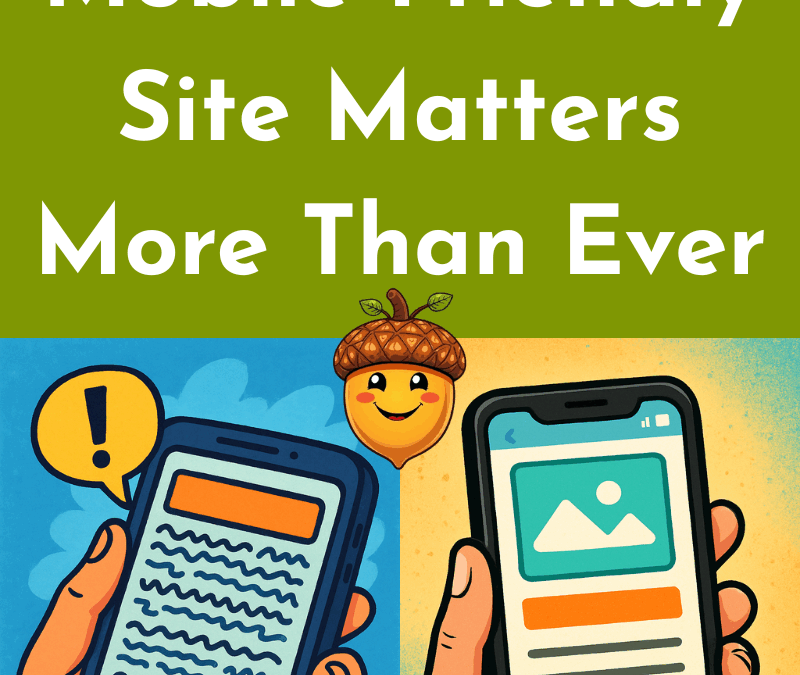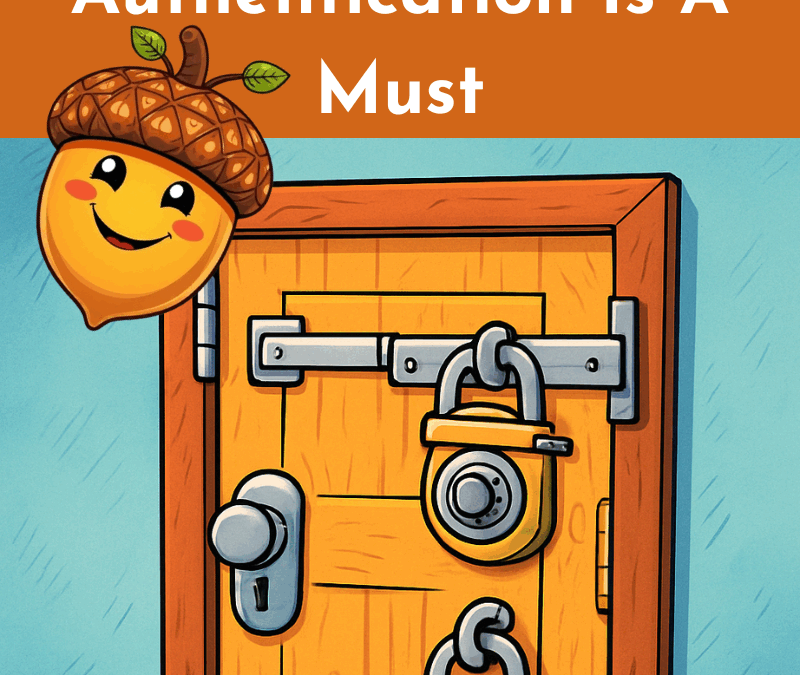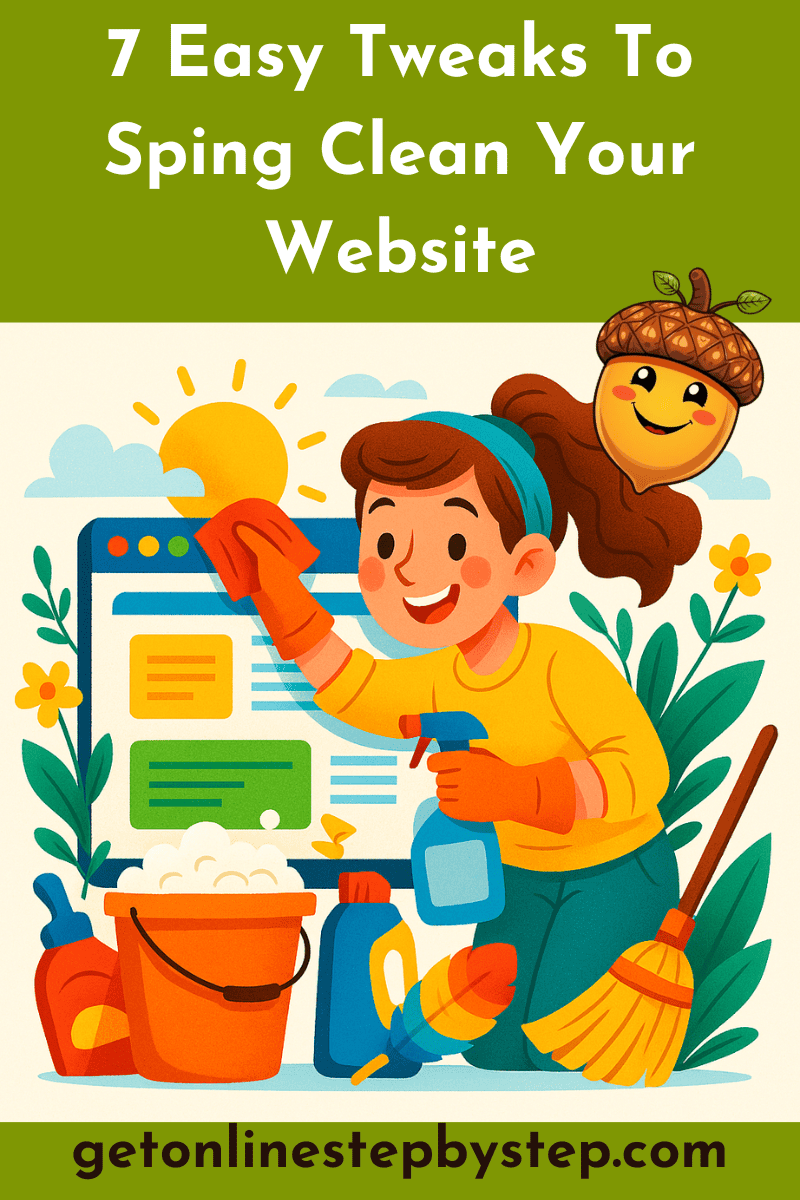
7 Easy Tweaks to Spring Clean Your Website
There’s something about springtime that makes us want to throw open the windows, tidy up the house, and start fresh. And don’t forget to spring clean your website. It deserves a little refresh too!
A cluttered or outdated site can make visitors click away faster than you can say “bounce rate.” But don’t worry—giving your site a little TLC doesn’t mean you need to do a full redesign. In fact, these seven small tweaks can make a big difference.
Let’s spring clean your website together—step by step!

1. Update Your Homepage
Your homepage is your online front door, so make sure it’s inviting. Check that it clearly tells visitors:
-
Who you are
-
What your site is about
-
What they should do next
This might mean updating your welcome message, changing up a headline, or refreshing your main image.
2. Check for Broken Links
Broken links are frustrating for visitors and can hurt your SEO. Use a free tool like Broken Link Checker to scan your site and fix any links that lead to nowhere.
This one simple task can improve both your user experience and search engine friendliness.
3. Give Your “About” Page a Makeover
Is your About Me page still doing its job?
A lot can change in a year—your goals, your message, your tone. Take a few minutes to re-read your bio with fresh eyes and add any recent milestones or updates. A few small tweaks can help your visitors connect with you more authentically.
(You might also like: Writing An About Me Page That Connects With Your Audience
4. Refresh Your Images
Images can quickly date your site. Maybe your branding has changed, or you’ve learned a thing or two about Canva since your last update. Swap out any old or blurry photos and brighten up your visuals with something more fresh and modern.
Need help creating a stunning new logo or banner? Here’s How To Create A Logo Without Spending A Fortune.

5. Simplify Your Navigation
Think of your navigation menu as the signposts for your visitors. Is it clear, uncluttered, and easy to follow?
Remove any outdated pages and group your content logically. A tidy menu helps users find what they’re looking for—and keeps them on your site longer.
6. Review Your Calls-to-Action (CTAs)
CTAs are the little prompts that encourage your visitors to take action. Are they clear and engaging?
Whether you want readers to sign up for your newsletter, read your blog, or check out a resource, make sure your CTAs are easy to spot and up to date.
Tip: Keep them action-focused! Use phrases like “Download Your Free Guide” or “Let’s Get Started.”
7. Audit Your SEO Basics
Don’t worry—I won’t ask you to become an SEO expert overnight! But spring is the perfect time to:
-
Review your focus keywords
-
Add alt text to images
-
Update meta descriptions
Want to learn more about simple SEO strategies? Wealthy Affiliate is where I learned the ropes—it’s full of beginner-friendly training and tools that make search engine optimization feel a lot less scary.
Let’s Spring Clean Your Website Together
You don’t need to do all of this at once. Set aside 20–30 minutes a day over the next week, and tick off each of these tweaks one at a time.
A tidy, refreshed website not only feels good—it works better too.
And Finally...
Have you started your spring website clean-up yet? Which area are you tackling first? Let me know in the comments—I’d love to hear from you!
Here’s a little transparency: My website contains affiliate links. This means if you click and make a purchase, I may receive a small commission. Don’t worry, there’s no extra cost to you. It’s a simple way you can support my mission to bring you quality content.
